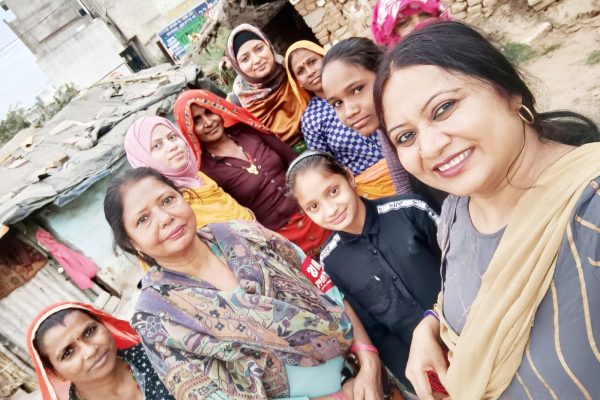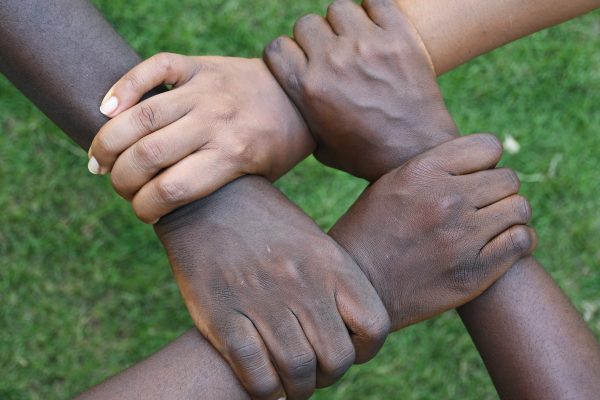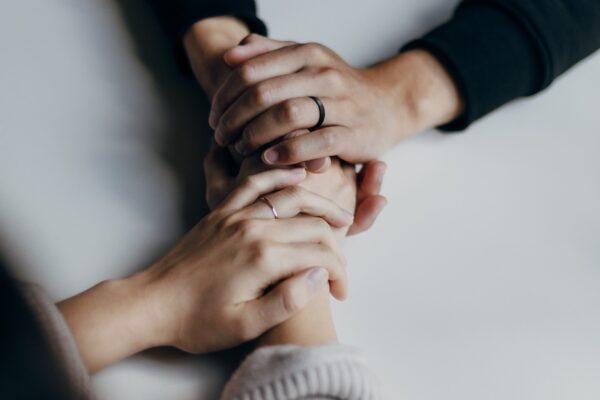The recent atrocities in Syria and Yemen have reminded us all, if a reminder was ever needed, about the terrible effects of war on innocent civilians. Yet amongst all the suffering, the images that are the most harrowing, the ones that stick with you long after you see them, are the ones of children.
War violates every right of a child – the right to life, the right to be with family and community, the right to health, the right to development of the personality and the right to be nurtured and protected.
– Graça Machel, UN report
The recent atrocities in Syria and Yemen have reminded us all, if a reminder was ever needed, about the terrible effects of war on innocent civilians. Yet amongst all the suffering, the images that are the most harrowing, the ones that stick with you long after you see them, are the ones of children. Children who should be going to school and kicking a ball about in the park without a care in the world, but who because of wars and conflicts raging around them, are old beyond their years and have seen and suffered the most horrific ordeals.
A couple of years ago, the pictures of Aylan Kurdi, the three year old Syrian boy whose lifeless body washed up on a Turkish beach, opened the eyes of the world to the suffering of children from warzones, but truth be told, this is a story that has been going on a long time.
Back in 1996, the UN concluded a two year study entitled ‘The Impact of Armed Conflict on Children’’ and found that:
‘millions of children are caught up in conflicts in which they are not merely bystanders, but targets. Some fall victim to a general onslaught against civilians; others die as part of a calculated genocide. Still other children suffer the effects of sexual violence or the multiple deprivations of armed conflict that expose them to hunger or disease…
Children are affected by armed conflicts in three main ways: either as victims of violence, trauma and deprivation, or as child soldiers, or as refugees, forced to flee their homes.
Children as direct victims of violence
Children are often, intentionally or unintentionally, the direct victims of violence in warzones worldwide. Take landmines, for example. Most people associate these with grainy video footage of Princess Diana and assume that the world must’ve stopped using them many years ago. Unfortunately, the sad truth is that there are still 61 countries/territories in the world which are infested by landmines. Millions are still being produced every year and the conflicts in Afghanistan, Yemen, Libya and Ukraine mean that 2016 had the highest number of child casualties ever recorded. Mines are more of a risk to children because of their playful and curious nature, and because they can’t pick up on warning signs as quickly as adults can.
Children are even more at risk when a country’s infrastructure collapses during armed conflict. The war in Yemen is a testament to this. Unicef says that 5000 children have been killed or injured, and that 400,000 are severely malnourished, with ‘nearly every child’ in the country in need of humanitarian assistance. Saudi-led blockades at the ports, and a cholera epidemic has hit children the hardest.
Even if they are fortunate enough not to be physically affected, the mental impact of such trauma is undeniable. A World Psychiatry magazine report found that in the aftermath of conflicts around the world, from those that began or even ended a few decades ago in Cambodia, the Balkans, Uganda and Sri Lanka, to more recent wars in Iraq, Lebanon, Palestine and Somalia, the one constant was the immense mental health impact on civilians, particularly children, with surveys showing scarily high rates of PTSD across the board.
Children being used as soldiers
In the last few years, the savagery of Daesh (IS) brought child soldiers back into the headlines, but despite their fall last year, there are still hundreds of thousands of child soldiers in the world today.
Since 2016, there are at least 18 conflict zones where children have participated in hostilities. It is estimated that about 40% of child soldiers are girls, and whilst the exact numbers are disputed, common estimates suggest this adds up to over 100,000 girls alone.
A UN report explains:
‘thousands of young people are cynically exploited as combatants…. Boys serve as porters or as messengers. Girls may prepare food or attend to the wounded, though they also may be forced to provide sexual services to soldiers. Both boys and girls are soon forced onto the battlefield, where their youth and inexperience leave them particularly vulnerable. In some cases children are deliberately exposed to horrific scenes to harden them to violence. Some are forced to commit atrocities against their own families as a way of severing all ties with their communities.’
Children becoming displaced refugees
The UNHCR estimates that there are currently almost 66 million forcibly displaced people worldwide. There are nearly 23 million refugees, over half of whom are under 18.
The vast majority of internally displaced children in any warzone are women and children. The Internal Displacement Monitoring Centre estimated that, for example, 56% of those internally displaced in Afghanistan were children.
And the problem is getting worse. The UNHCR says it has twice as many child refugees under its’ mandate in 2015 as it did in 2005, with one in every 200 children in the world today a refugee. Most of these children are living in refugee camps or urban centres, with very few allowed to start a new life in their host country. This has an obvious further impact on their mental and physical health, as well as impacting on their schooling and educational development.
The Who is Hussain movement has tried to do whatever little we can to help at least a few of the millions of children affected by war and conflict around the world. In the past couple of years, we have raised thousands of pounds to build a mobile library for refugee children to continue their education, and to support child literacy efforts.
Our #GIVE campaign in 2016 raised over £20,000 to fully fund sending 13 Iraqi children with severe health issues, mainly congenital, to India, to get the medical help and life-saving operations war didn’t allow them to at home.
This year, we plan to do the same for more children. None of us can solve all the problems conflict has created for children around the world. But we will do whatever we can. #GIVE 2018




